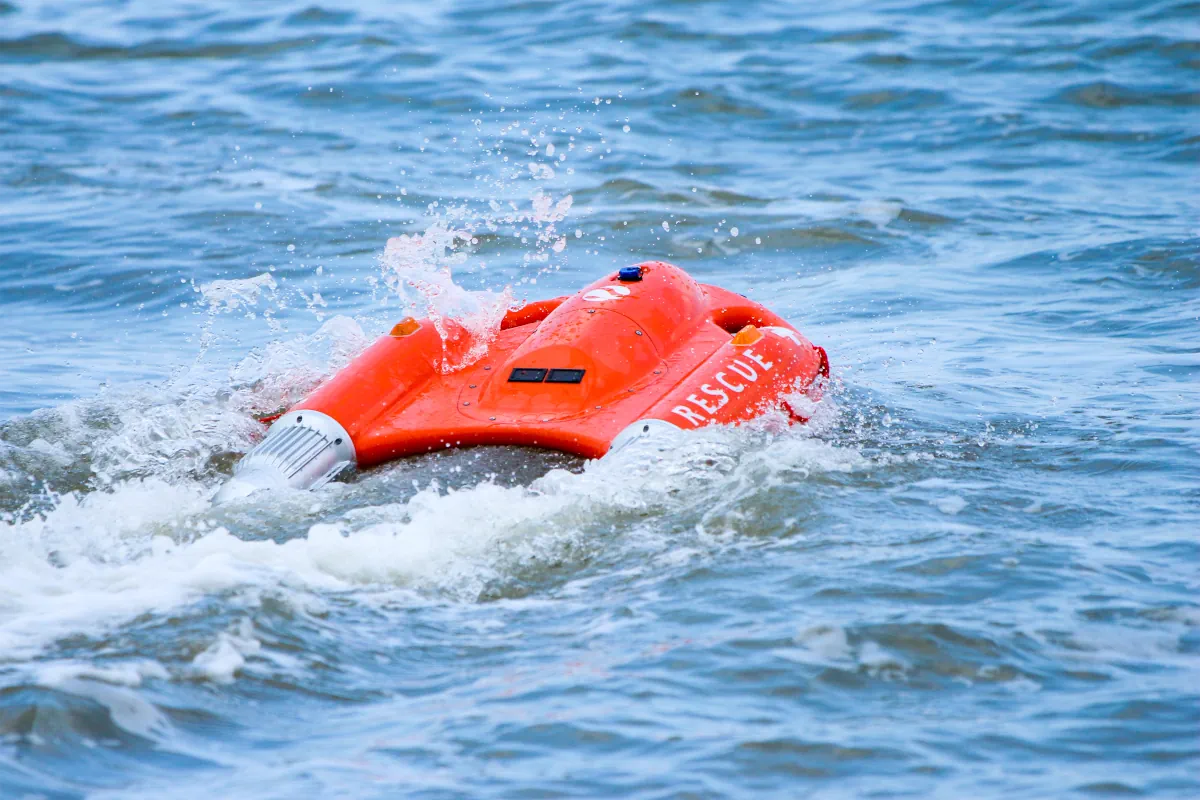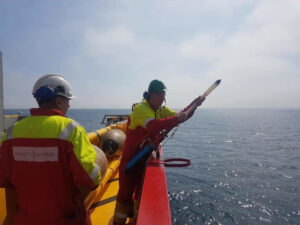The number of wind farms at sea is expected to heavily increase. They are added to existing energy structures, usually located in hostile and remote environments, in various parts of the world. These are dangerous areas, since they are often characterized by adverse weather, strong currents and winds, heavy rainfall, rough sea.
There, Offshore workers face different types of hazards and risks, from basic structural to those environmental hazards.
The lack of concentration at workplace, simple distraction, inadequate safety procedures, poor lighting, could lead to severe consequences such as fall from offshore facility or vessel. Other accidents with people at sea could take place due to helicopters carrying to and from coast and platforms.
Since such emergencies may occur, a SAR preplanning is need.
In addition, offshore oil rigs are miles from shore and many SAR units cannot go very far from coast or they are too distant to arrive within survival times, so offshore crews may arrive at the scene of an emergency sooner than a SAR unit.
Considering all of these factors, it is necessary that Offshore crews are specially equipped and trained to carry out sea rescue and recovery survivors.
Seafarers could adopt several methods to recover survivors under various environmental conditions, such as rescue boat, lifeboats and liferafts, lifebuoys, etc.
These systems can be a reliable support, but they may take a long time before being mobilized and reach the accident scenes; time that is really precious for a man fallen into the sea, before hypothermia arises.
The Remotely Controlled Vehicles and USVs, such as the Dolphin 1 Smart LifeBuoy created by OceanAlpha company could become realistic alternatives for rescue at sea, they turned out to be very efficient, easy and quick to deploy.

The lightweight design and compact size makes the Dolphin 1 safe system especially suitable for rapid deployment. It is a vehicle which uses an electrical energy source for propulsion, easy to transport and handle, cost-efficient. The RC boat can carry up to three people, based on the weight, can be remotely controlled from the ground, vessel or rig. It can be equipped with a camera, microphone, extra lights and flashing fog lights, making the vehicle highly visible in over long distance and in bad weather. The propeller is housed in a duct to improve the efficiency of propulsion and the performance of the propeller itself, to protect casualty from injuries and the vehicle propeller from being damaged by debris and seaweed.
The Dolphin 1 is a vehicle created specifically for rescue purposes and can save human lives more quickly than to other traditional vehicles and devices.
The technology can provide assistance during emergency event, have great potential for rescue tasks, plays an important role in remote areas and offshore sector.
Paolo Mazzone
SubEng – HSE Adviser
Images:
The photos of Doplhin1 are kindly offered by Oceanalpha

